Yury Kamaltynov: ‘Intercepting parking has turned into a regular one, which is very expensive’
The vice-speaker of the State Council of the Republic of Tatarstan has called on the city authorities to reanimate intercepting parking lots — there is no space in the centre
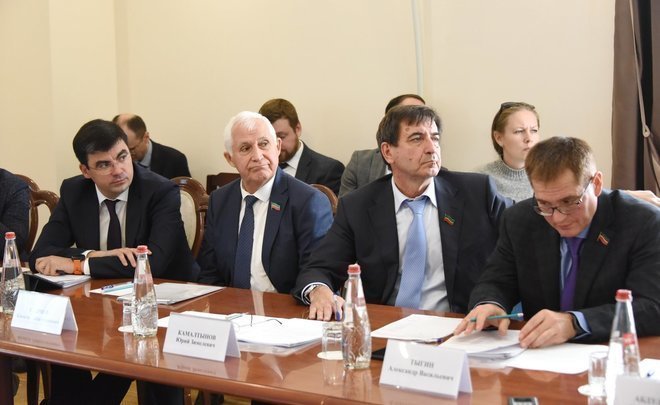
“A few years ago, the idea of building intercepting parking lots to stop a large flow of traffic to the centre of Kazan was very popular. Will it continue?" — Deputy Speaker of the State Council of the Republic of Tatarstan Yury Kamaltynov asked the developers of the programme for integrated development of transport infrastructure of Kazan, adopted 2 years ago. Commuting and traffic jams have not disappeared, it seems that the metro, apparently, will not be expanded after 2027, and the main means of transportation in new areas of development will be a high-speed tram — these are the main conclusions reached by the deputies of the visiting meeting of the State Council of the Republic of Tatarstan on housing policy and infrastructure development.
Marat Rakhimov: the fate of the metro after 2027 is unknown
Tatarstan parliamentarians assessed how transport traffic is organised in Kazan today with partiality at a visiting meeting of the State Council of the Republic of Tatarstan on Housing Policy and Infrastructure Development. Officially, the main issue on the agenda of the event was the discussion of the programme for integrated development of transport infrastructure of Kazan until 2040, which the Kazan authorities adopted 2 years ago.
However, from the very beginning, the focus was on the second branch of the Kazan metro. As it turns out later, the city authorities have taken the metro beyond the perimeter of the 2040 transport complex development programme, that is, its development is possible only after 20 years, the authors of the Kazan integrated transport infrastructure development programme believe. It is unclear whether this is an accidental mistake or a well-thought-out decision. But it is at the construction site of the Lomzhinskaya metro station where the deputies and the press initially “landed”.
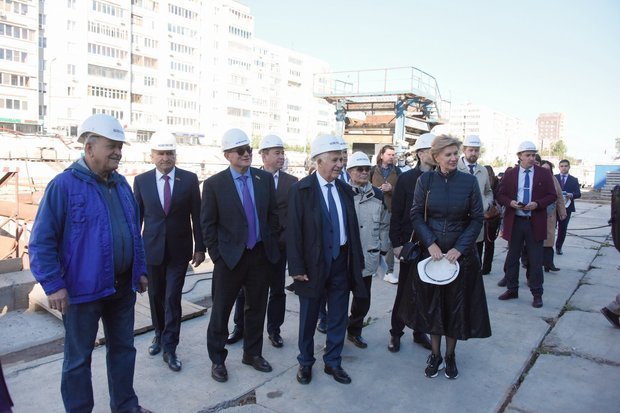
For almost an hour and a half, the general director of the Kazmetrostroy Municipal Unitary Enterprise, Marat Rakhimov, took the guests to the selected places of laying the second branch of the metro. Here he said that the construction of the first launch complex, which includes four stations “Sakharova” (“Tulpar”), “Lomzhinskaya” (“Zilant”), “Academicheskaya” and “Fuchika” ("100th anniversary of the TASSR”), would be completed by 2027. The total estimated cost is estimated at 41,1 billion rubles in the prices of 2020 and requires revision, Rakhimov said. According to him, the work is currently on schedule, there are no delays, although there is little time left.
This year, 5 billion rubles have been allocated to finance the construction of underground tunnels, 11 billion rubles have been requested for the next one. Answering the question of Realnoe Vremya what awaits the metro after 2027, he shrugged his shoulders. The Kazan metro remains one of the few which construction is carried out entirely at the expense of the republican budget. The struggle for federal resources is serious.
According to Marat Rakhimov, last year the government of Tatarstan applied for an infrastructure loan for 8,5 billion rubles, but it has not yet received approval. At the same time, Samara Oblast and Nizhny Novgorod Oblast were able to “break through” federal funds. Apparently, there was competition within the republic, because the republic was one of the first to receive an infrastructure loan of 5 billion rubles for the construction of the Voznesensky Tract.
High-speed trams will be launched in new districts of Kazan
Timur Kadyrov, the deputy chief architect of Kazan, reported on how the transport scheme of Kazan will develop. He recalled that the integrated development programme is an integral part of the general plan of the city until 2040, approved two years ago. It assumes the development of new territories of the city within the existing administrative boundaries, and the model for calculating traffic flows provides for an increase in the population to 1,4 million people.
The reorganised territories of Portovaya, the area of Rodina Street, on the Eastern Arc and Birch Grove are becoming new growth points. Even taking into account the federal support of 5 billion rubles for the Voznesensky Tract, there is an urgent need to build new transport links in part of the Eastern Arc and the Birch Grove, he noted.
The city authorities propose to cover migration flows with ring railway traffic: “The city train can become a transit link for active flows from Zelenodolsk through the Kazan-1, Vakhitovo, Ametyevo railway stations," he said.
But for connections within the city, a bet is placed on rail electric transport. So, it is proposed to launch a high-speed tram instead of an electric train to Salavat Kupere. “There is an alternative proposal to open passenger trains, but this will lead to the imposition of a sanitary zone on residential areas. The tram has a greater coverage of the population, and stops can be placed more often," he urged.
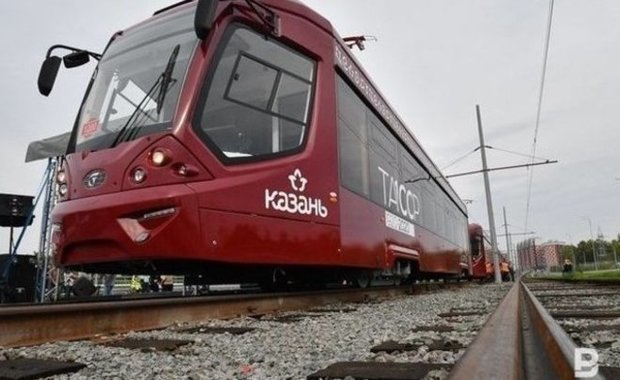
Commuting remains
“Passenger traffic between the border territories and Kazan remains a bottleneck," said Alexander Tygin, the head of the State Council Committee on Housing Policy and Infrastructure Development of the Republic of Tatarstan. “You say that we don't go there (Laishevo). And we see that this is the number one problem. How did you overcome it in the 2020 general plan?
The deputy chief architect of Kazan, Timur Kadyrov, tried to evade a direct answer, referring to the fact that “this question concerns the Kazan agglomeration”, not Kazan.
“The law on agglomerations is being actively discussed at the federal level. Perhaps, we will get a document for joint development," he tried to close the sore topic.
Nevertheless, the controversy continued. “In my opinion, today it makes no sense to approve separately the general plans of Kazan and the surrounding areas. It's pointless. They don't fit together. An inevitable mass of errors is laid. The City Planning Code does not prohibit planning decisions in the agglomeration format," the head of the parliamentary committee insisted.
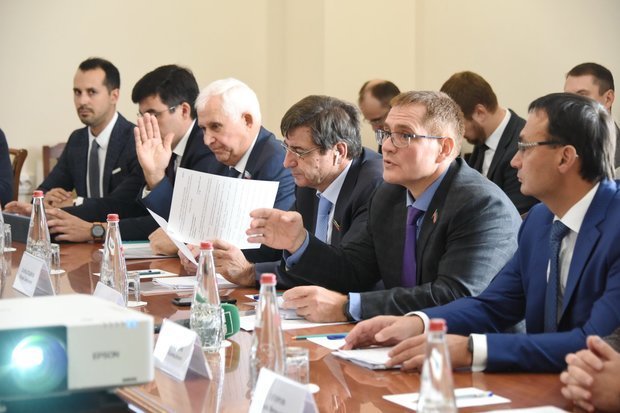
We work with a stick all the time, but we also need carrots
The discussion reached its climax after Deputy Speaker of the State Council Yury Kamaltynov took the floor. He recalled that they promised to resolve problems in the transport complex with the help of intercepting parking lots: “A few years ago, the idea of building intercepting parking lots was very popular to close the centre for a large number of vehicles. Will it be continued at all? Or were they forced to refuse?" he asked.
“No one has refused this idea," assured the deputy head of the Executive Committee of Kazan, Ildar Shakirov.
According to him, there are now two contours of restrictions on entry to the centre: “First of all, for heavy-duty trucks, vehicles over 3,5 tonnes cannot enter the Small Kazan Ring, and within the Big Ring — more than 5 tonnes," he began to explain, but he was interrupted again.
The vice speaker clarified that it is not about restrictions on entry to the centre, but about encouraging motorists to leave cars in parking lots. “We use stick all the time, we also need carrots," he noted, adding that there are none: “Today, the intercepting parking lot has turned into a regular one, which is very expensive. There is a large parking fee, so there is practically no interest in leaving the car there and changing to public transport. But initially they talked about leaving the car here," he reproached.
In response, the deputy head of the Executive Committee of Kazan, Ildar Shakirov, promised to launch the first such parking near the Aviastroitelnaya metro station in October this year. However, he did not specify how many lots they would provide and at what rate they would work.
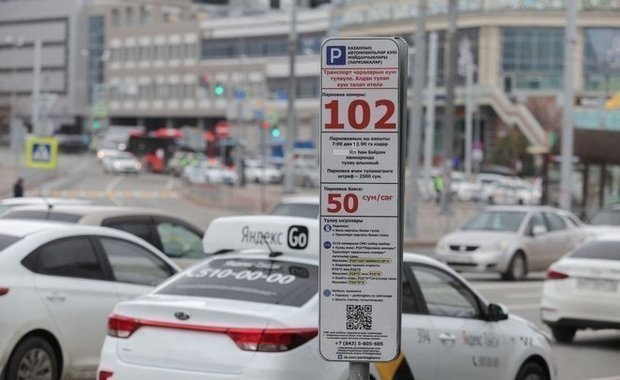
What if you make transport free?
The director general of Metroelektrotrans, Aydar Abdulkhakov, proposed to increase the fine for stowaway travel to 3,6 thousand rubles. “As a legislative initiative, we propose to amend Article 5.1 of the Tatarstan Code on administrative offenses in terms of increasing the size of the administrative fine from 300 to 3,600 rubles. This is a hundredfold fare," he said.
Besides, he proposed to create a special municipal body with the authority to impose fines for stowaway travel. Abdulkhakov complained that the controllers, having caught a passenger in a stowaway, should offer them to pay for the fare or leave the transport, but the driver cannot stop the bus so as not to get into traffic.
Dmitry Gruzkov, a member of the expert council under the committee, manager of Zelenodolsk Express PLC, also spoke for tightening the fine. He proposed to raise the fine to 30 thousand rubles.
Then Yury Kamaltynov suggested thinking, “what will happen if transport is free”.
“In principle, we will break even with these cheap tickets," Alexander Tygin calculated.
“The budget already bears a significant burden on paying for tickets of beneficiaries, 800 million rubles are spent on this in Kazan alone. We expected this two years ago, but this project collapsed," explained the deputy head of the Executive Committee of Kazan.
The deputies took the idea seriously and even gathered to vote for free travel, but Kamaltynov stopped them: “This question was asked as a topic for discussion, not for voting," he explained.